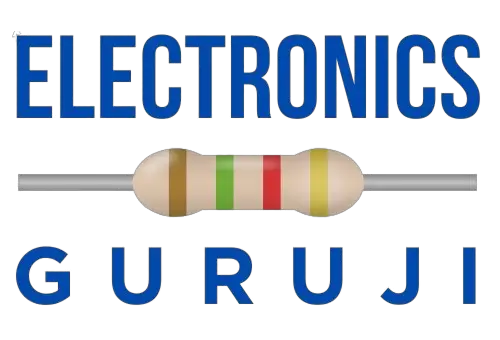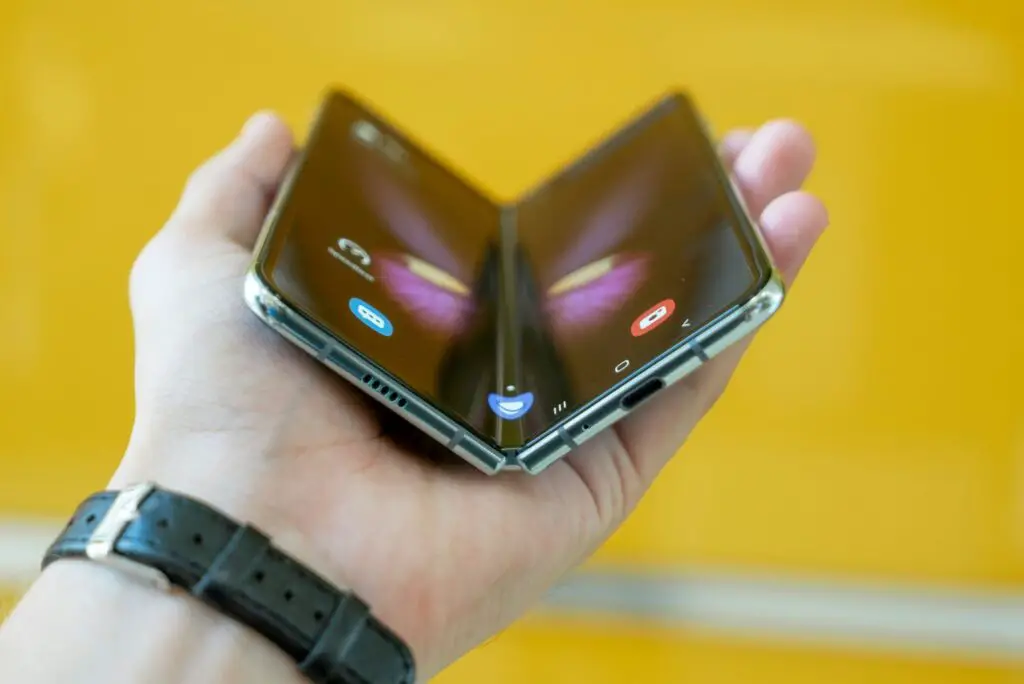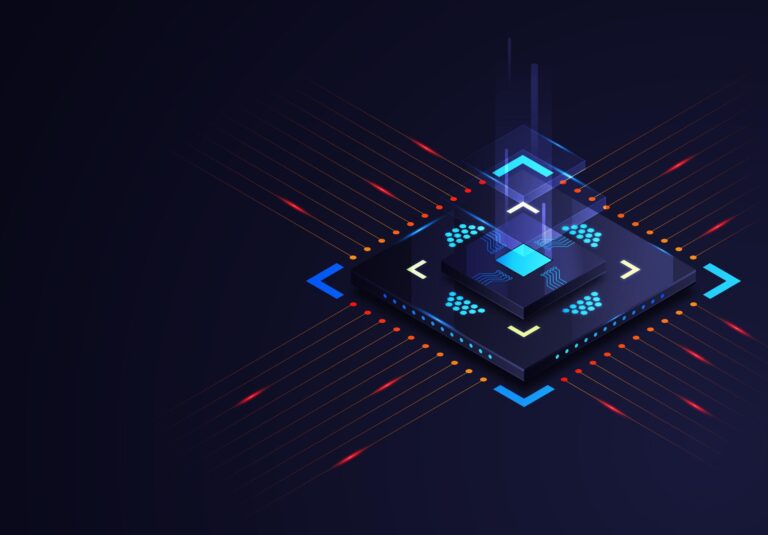Flexible displays are a technological marvel, introducing a new era of visual innovation. Unlike traditional screens, these displays can bend and curve, promising versatile applications across various devices. From smartphones to automotive displays, the flexibility of these screens is reshaping user experiences and opening doors to unparalleled design possibilities. Let’s understand the world of flexible displays, exploring their functionality, applications, and potential impact on our digital experiences.
How Flexible Display Works?
The working principle of flexible display involves the use of flexible materials, typically plastic substrates, instead of rigid ones. These substrates are coated with light-emitting materials, such as Organic Light Emitting Diodes (OLEDs). The flexibility of the materials enables the display to bend without damage, offering a durable and versatile solution. When an electric current passes through the OLEDs, they emit light, producing vibrant and high-quality visuals on the flexible screen. This innovative approach allows for unique form factors and applications across various devices.
Practical Applications
Flexible displays have diverse applications, revolutionizing the tech landscape. In smartphones, they enable foldable designs, enhancing portability without sacrificing screen size. Automotive displays embrace flexibility for intuitive interfaces, while foldable laptops and tablets offer unprecedented versatility. Wearables benefit from their bendable nature, providing comfortable and customizable designs. In healthcare, flexible displays can be integrated into medical devices, offering improved monitoring solutions. Their adaptability extends to advertising, where curved and flexible screens create attention-grabbing displays. From entertainment to education, these displays are shaping a future where innovation meets practicality across various industries.
Advantages
Flexible displays bring a host of advantages to the forefront of visual technology. Their standout feature is enhanced durability, minimizing the risk of screen damage. The ability to bend and curve not only offers a sleek aesthetic but also introduces a new level of versatility in device design. From smartphones to wearables, these displays enable innovative, foldable designs, enhancing portability. Improved viewing experiences are another perk, as flexible displays redefine how we interact with visual content. In essence, their resilience, versatility, and enhanced user experiences position flexible displays as a transformative force in the world of digital devices.
Comparison: Flexible Versus Conventional Displays
| Aspect | Flexible Displays | Conventional Displays |
|---|---|---|
| Physical Flexibility | Can bend and curve, allowing for innovative designs and versatile applications. | Rigid and unable to bend, limiting design options. |
| Durability | Enhanced durability, minimizing the risk of cracks and damage. | More susceptible to cracks and damage due to their rigid nature. |
| Form Factor | Offer a sleek and modern aesthetic, adapting to different form factors. | Follow a standard form factor, typically rectangular and flat. |
| Applications | Widely used in smartphones, wearables, and automotive displays for their adaptability. | Commonly found in traditional electronic devices with rigid screens. |
| Manufacturing Complexity | May involve more intricate manufacturing processes due to the need for flexibility. | Generally simpler to manufacture as they maintain a rigid structure. |
| Repair Complexity | Repair may be more complex and costly due to the flexible materials. | Repairs are often simpler and more straightforward. |
| Cost | Manufacturing and implementation can be more expensive. | Generally more cost-effective in terms of production. |
| User Experience | Offer unique and engaging user experiences with their bendable features. | Provide standard user experiences without the flexibility element. |
Future Trajectory
The future of bendy screens looks super exciting! Imagine screens that are thinner, lighter, and can bend even more. This means we’ll have cool designs for all sorts of gadgets, not just phones. Things like healthcare and education will also get a tech makeover. More people will love these flexible screens, making them a big hit. Imagine having screens that can bend and do cool stuff in everything we use daily! It’s like magic happening in our tech world, making things awesome and easy for everyone. So, get ready for a future where everything’s flexible, fun, and super user-friendly!
Conclusion
In conclusion, flexible displays represent more than a mere technological advancement; they redefine how we perceive and interact with displays. As we look towards the future, the possibilities with flexible displays seem limitless. It’s not just about being flexible; it’s about redefining the norms of display technology.
FAQs
Do flexible displays get scratched easily?
While no screen is entirely scratch-proof, flexible displays are designed with durability in mind. Manufacturers use materials and coatings to enhance scratch resistance, making them resilient against everyday wear.
How do flexible displays contribute to environmental sustainability?
Flexible displays align with the demand for eco-friendly tech. Manufacturers often use sustainable materials and processes, and the potential for longer device lifespan reduces electronic waste.
Can I upgrade my old device with a flexible display?
Retrofitting existing devices with flexible displays is challenging due to compatibility and design issues. The feasibility of such upgrades may improve with future technological advancements.
How do flexible displays impact education?
Flexible displays can revolutionize education by introducing more interactive learning experiences. They have the potential to transform classrooms, making teaching and learning more engaging.
Is the blue light from flexible displays harmful to our eyes?
Like traditional screens, flexible displays emit blue light. Manufacturers often include features to mitigate its impact, and adopting eye-care practices, such as regular breaks, can contribute to overall eye comfort when using these displays.







